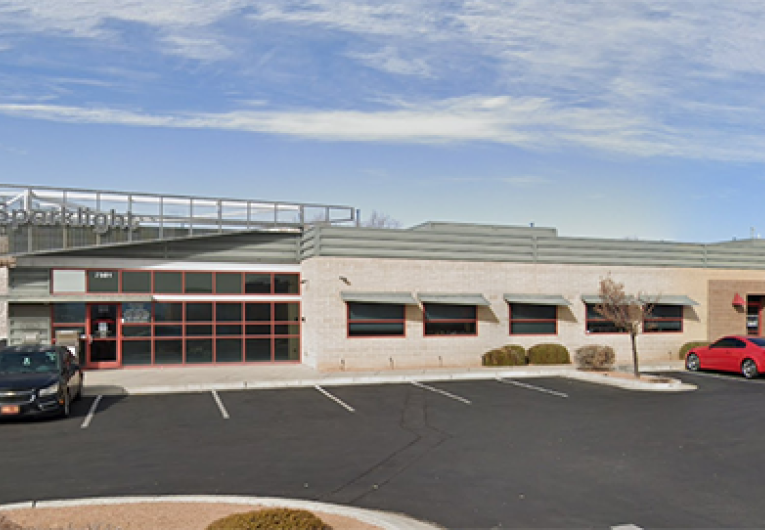
Ethernet Network Differences: MAN, WAN and LAN Networks
Learning more about Ethernet network differences can provide a better understanding of your organization’s needs and help decipher all those tech terms that you’re reading about as you work on your business connectivity.
Whether exchanging large files, emails, working together over video and voice, or accessing data in the cloud, today’s businesses require more bandwidth and more uptime than ever before. As a result, many companies are turning to Ethernet service, which provides the ideal bandwidth for common networking needs at affordable rates.
There are three main types of Ethernet networks, and learning how they differ from one another can help you make the best possible choices for your organization.
While local area networks (LAN), wide area networks (WAN) and metro area networks (MAN) all describe different types of connectivity, they differ mostly in size and scale. From the targeted, single location or organization use of the LAN to the wider, broader coverage of a WAN, here’s what you should know about Ethernet network differences.
Local Area Network (LAN)
The most common ethernet and the one you are already familiar with, whether you realize it or not, is a local area network or LAN that covers one small, specific space. A LAN network is generally used in an office or group of offices and can be so small it just serves the needs of a few employees or so large it extends through multiple floors of a building or multiple buildings in a group. A college campus, manufacturing business with multiple buildings, a school or even an individual office or small business will use a LAN network for internet access, networking and connectivity.
Wide Area Network (WAN)
Ideal for connecting multiple sites or locations over wider geographic locations, a wide area network or WAN, can be used in a variety of ways. Often designed to keep a home office in touch with satellite offices in other locations, a WAN can serve a single organization or entity that is spread over different places.
Used by colleges to support different campuses, businesses with multiple stores or sites and companies that have office locations in different cities, a WAN network allows for easy communication, workflow, sharing and more. Wide area networks can help unify a network and ensure everyone in the organization has access to the same information and technology.
Metropolitan Area Network (MAN)
Designed to fill the gap in coverage between the smaller and targeted LAN and the broad reaching WAN, the metro area network or MAN is designed to target a specific metropolitan area. While a MAN network is often used in cities to unite different networks and ensure technology is available, this form of ethernet network can be found in towns or geographic locations of any type and interconnects a variety of networks within one specified region.
Download Infographic
Get a quick overview of the different Ethernet networks in this infographic from Cable ONE Business. Download it here.
For More Information
If you have questions about Ethernet network differences, Cable ONE Business is here to help.
Contact us to select an affordable, reliable Ethernet solution that will keep your business connected and secure.
The trends, insights, and solutions you need to grow your business.
By signing up, you’re subscribing to our monthly email newsletter, The
Wire. You may unsubscribe at any time.
Your information stays safe with us. Learn more about our privacy
policy.











![[#MSP_NAME#] Logo](/themes/sparklight_business/images/transition-logos/migration-banner-logo-[#MSP_CD#].png)
